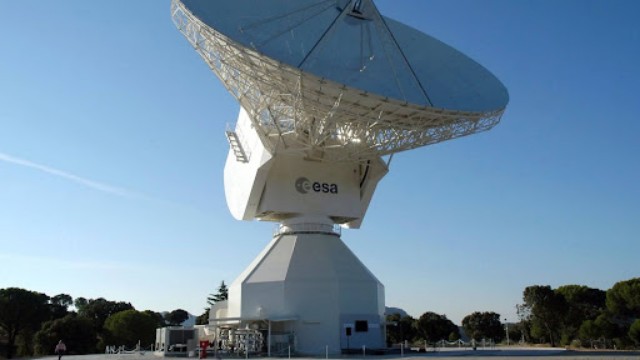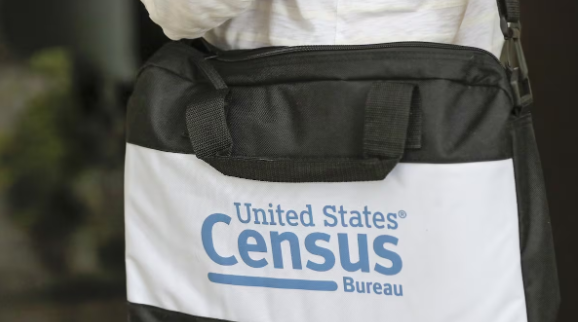
Twenty-two Canadian telecommunications companies jointly spent more than C$2.1 billion to acquire a historic total of 4,099 licenses in the 3800 MHz spectrum auction. (IT World Canada)
Canadian telecom carriers collectively spent more than C$2.1 billion to secure a total of 4,099 licenses in the recent 3800 MHz spectrum auction. Among the winners, Bell, Rogers, and Telus emerged dominant, snagging the majority of licenses. Telus obtained 1,430 licenses for roughly C$619 million, Bell secured 939 licenses for about C$518 million, and Rogers acquired 860 licenses for approximately C$474 million. These three major carriers jointly contributed to 76 percent of the total funds raised in the auction.
Comparatively, in the 3500 MHz auction held in 2021, carriers paid over $8.9 billion for 3,431 licenses. However, the government allocated only a small fraction (200MHz) of the spectrum, limiting access primarily to the major players. This restriction, in turn, propelled the valuation of the spectrum to unprecedented figures.
In the recent 3800 MHz spectrum auction, the government imposed a limit of 100 MHz on the combined 3500 MHz and 3800 MHz spectrum acquisition by a single provider. This move effectively reserved some spectrum for smaller competitors, subsequently driving down the prices.
Cogeco, a Montreal-based carrier, exemplified this shift by securing 99 licenses for C$190 million this time, compared to 38 licenses for C$295 million in the prior auction. With this spectrum acquisition, Cogeco now covers 100 percent of its Canadian broadband footprint and plans to venture into mobile operations through the Mobile Virtual Network Operator (MVNO) regime, contingent upon favorable wholesale access rates from major network providers.
Eastlink, another MVNO participant, acquired 187 licenses for roughly C$10 million.
Vidéotron, spending about C$300 million, acquired 305 licenses in the 3800 MHz band. The company aims to fortify its presence beyond Quebec, as the majority of the acquired spectrum blocks—61 percent—are situated primarily in southern Ontario, Alberta, and British Columbia.
Québecor expanded its spectrum holdings by procuring licenses in Manitoba, amassing a total of 46 blocks across the 600, 3500, and 3800 MHz bands, signifying its impending entry into that market.
Explaining the technical aspects, Rogers highlighted that the 3800 and 3500 MHz bands typically offer complementary mid-band spectrum frequencies that provide both speed and capacity. The 600 MHz band, on the other hand, operates as low-band 5G spectrum, facilitating wireless data transmission across extensive distances and through densely urbanized structures. The combination ensures consistent and reliable 5G coverage in both urban and remote areas.
Innovation, Science, and Economic Development Canada (ISED) stipulated that companies acquiring licenses in the 3800 MHz band must adhere to robust deployment obligations. This mandate requires companies to efficiently utilize the spectrum within strict timelines, ensuring that Canadian consumers, including those residing in remote regions, benefit from the latest wireless technologies.















